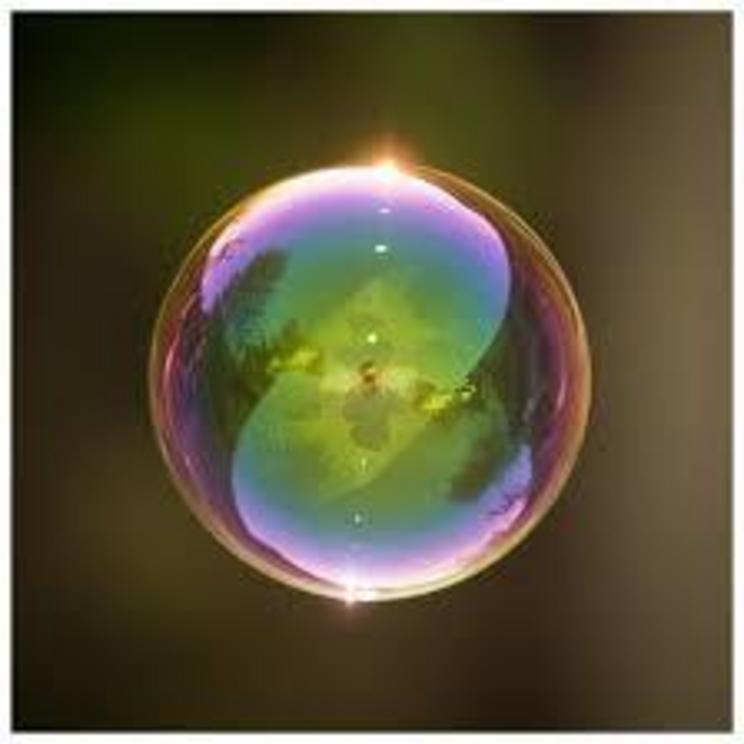Physicists have observed light flowing like a river and it's beautiful
Picture in your mind the delta of a river - the way the main channel splits into smaller rivulets and tributaries. Something similar occurs in waves as they propagate through a certain kind of medium: the path of the wave splits, breaking up into smaller channels like the branches of a tree.
This is called a branching flow, and it's been observed in such phenomena as the flow of electrons (electric current), ocean waves, and sound waves. Now, for the first time, physicists have observed it in visible light - and all it took was a laser and a soap bubble.
Depending on the structure of the medium, different things can happen to waves travelling through; they can attenuate, disperse, bend, spread, or continue flowing.
For branching flow, a few properties are required. The structure of the medium has to be random, and the spatial variations in the structure need to be larger than the wavelength of the flow. It also has to vary smoothly.
If all these conditions are met, small perturbations and fluctuations in the structure can scatter the flow, causing it to split.
Although this behaviour is ubiquitous to waves, observing it in light has proven challenging. That is, until a team of physicists from the Technion-Israel Institute of Technology in Israel and the University of Central Florida thought of using a soap bubble as the medium.
A soap membrane consists of a very thin film of liquid sandwiched between two layers of surfactant molecules. The thickness of this film varies quite substantially, from around five nanometres to a few micrometres. These thickness variations are what produces the colourful patterns in soap bubbles… but they also, as it turns out, can act as the perturbations that deflect light in a flow, causing that flow to split and branch.
It's not easy to do, though. The laser light needs to shine between the two surfactant layers; this was achieved by inserting a fibre into the membrane for a curved film, or by coupling a broad elliptical beam into a flat film.
By shining a laser beam into a soap bubble, the researchers were able to observe the way the beam splits across the surface of the membrane. And when they lit up the membrane with a weak white light, they could see the thickness variations - visible as colour variations - that were splitting the beam.
Usually, air flow around a soap membrane causes the pattern to move around, but if the membrane can be isolated from air flow, the pattern can remain stable for several minutes. So the team also tested their laser on both stable and moving soap membranes.
The possibilities for this research are pretty huge. Using the bubble as the medium has implications for optofluidics, which is the science of light interacting with liquids. The experimental setup could be used, for example, to investigate how optical forces affect branched flow.
And thickening the film, the researchers note, could allow for branched flow in three dimensions - a phenomenon that has been hypothesised, but has never been observed in any context.
It could be used to explore other physical phenomena, too, including some aspects of general relativity.
"The thin soap films could be shaped into a variety of curved surfaces to study the branched flow in curved space," the researchers wrote in their paper.
"Such curved space experiments are intimately related to general relativity."
Plus, if the video can be looped, it'll make for an absolutely baller screensaver.
The research has been published in Nature.
For the rest of this article please go to source link below.

